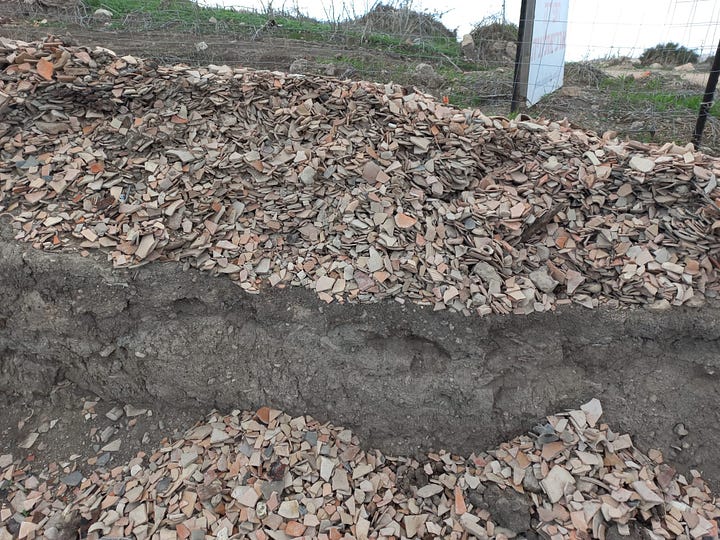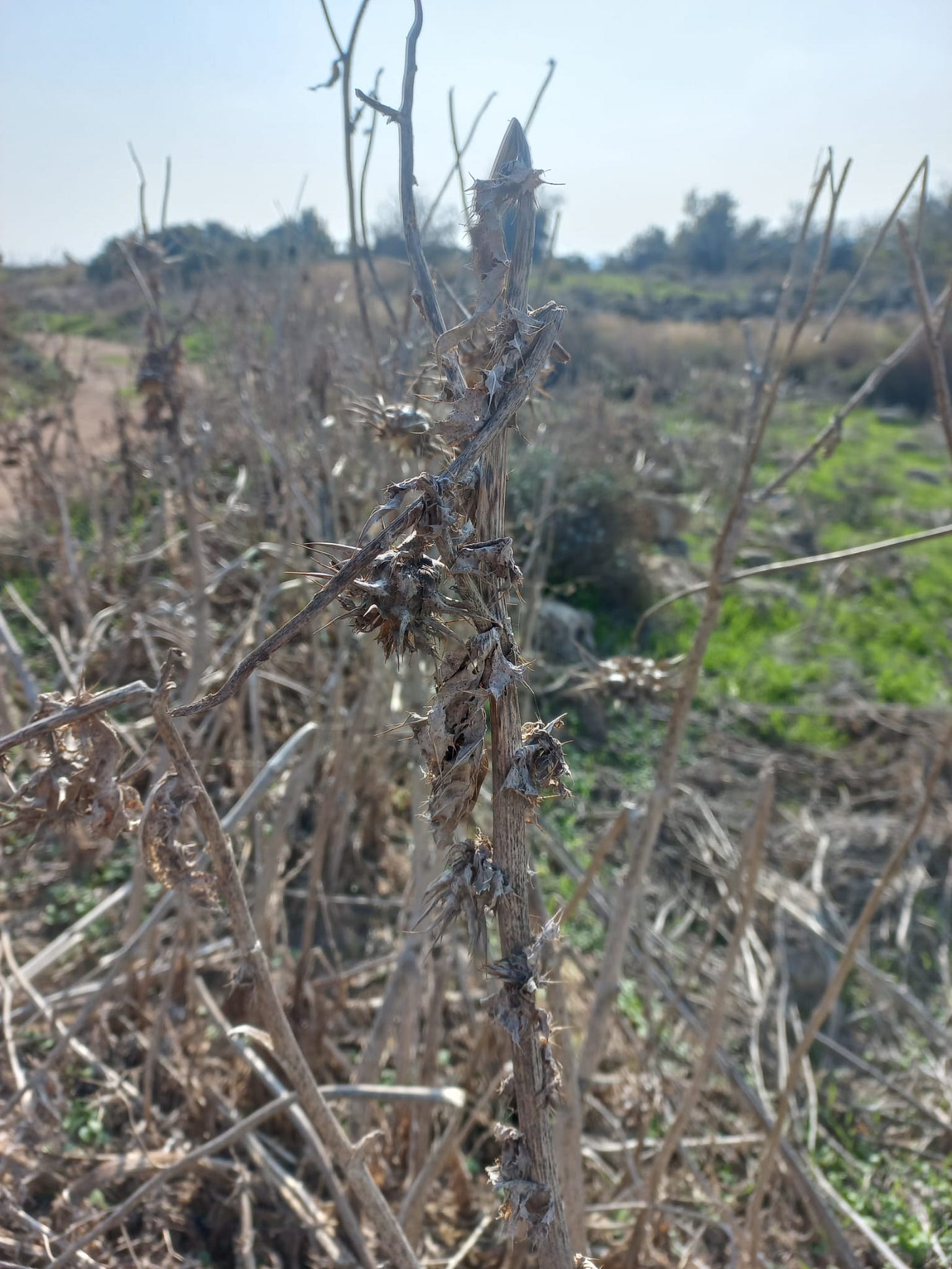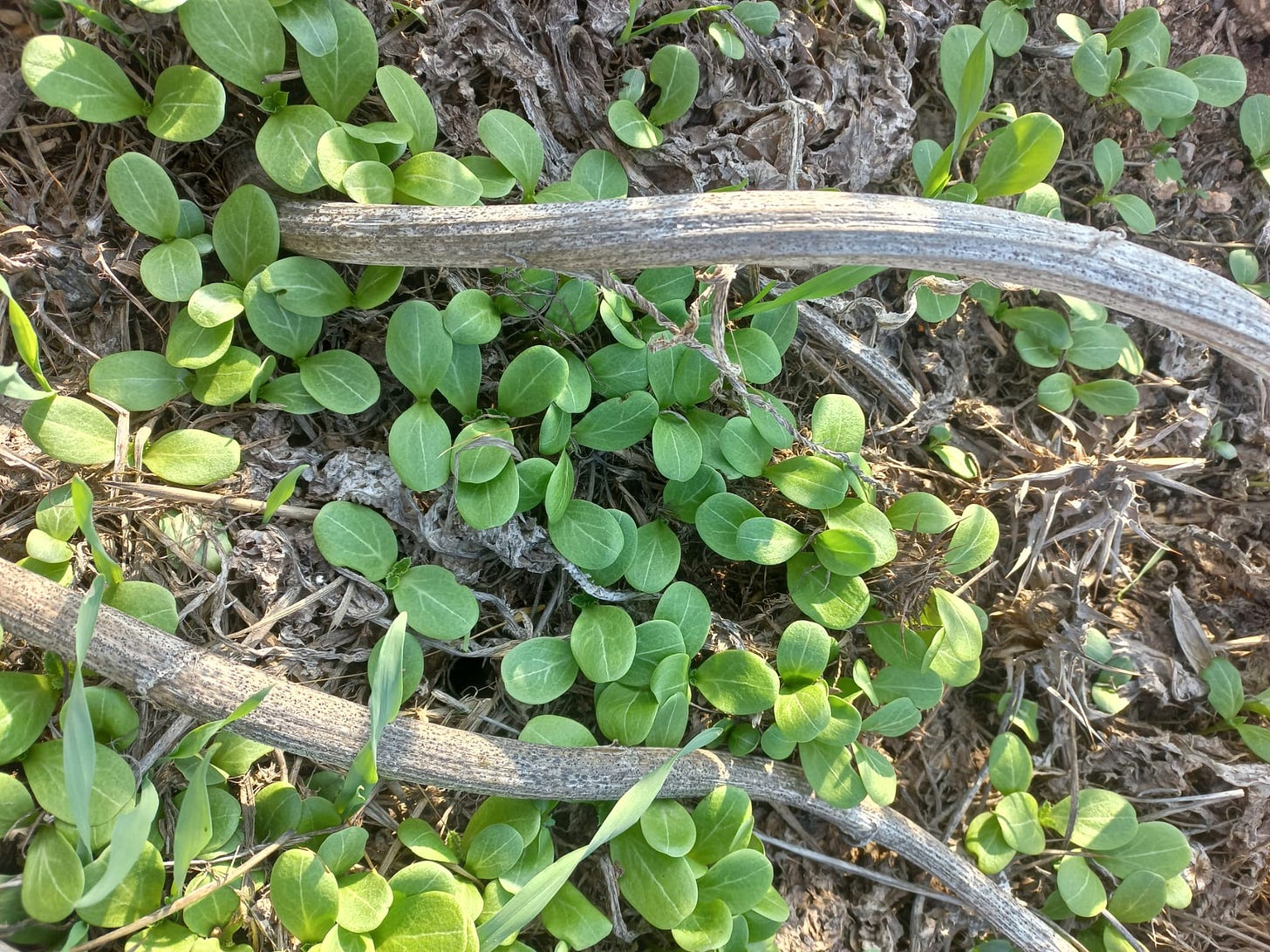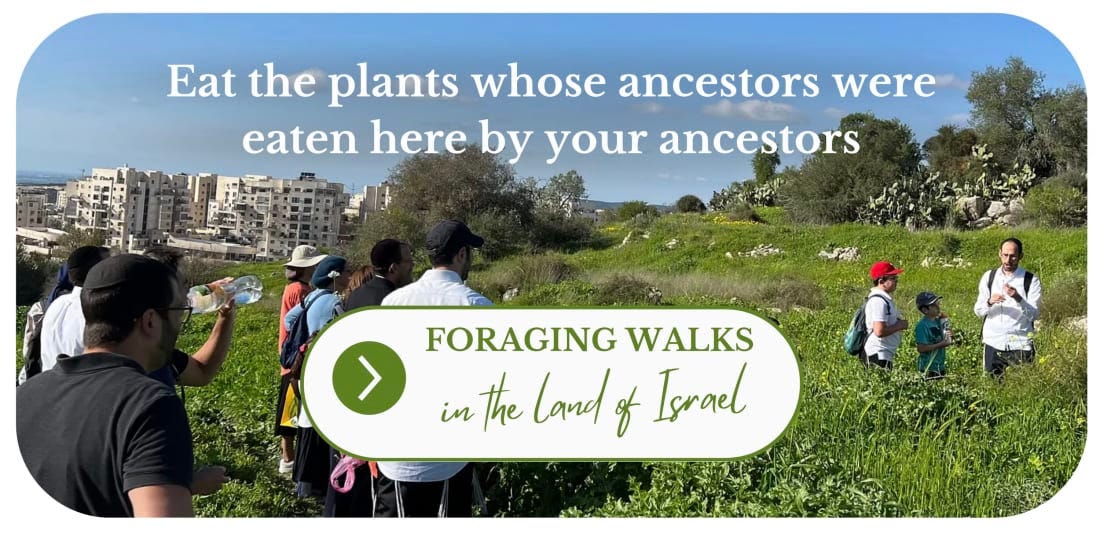Dear Healthy Jew,
Heading out from my mid-sized apartment in a mid-sized Israeli city, I turn left onto the sunlit street. A few hundred feet later the street ends, and I turn right onto the road that rings around the neighborhood. Five minutes later, I veer left onto one of the thousands of jeep trails that crisscross the country, forming an alternative road system for the initiated. A minute later, with cars still honking behind me, I pass a few Second Temple Period winepresses carved into the stone. Nothing unusual for this neck of the woods.
Then a left, another right, a few hundred feet more, and I’m walking amongst the ruins of a mid-sized ancient Jewish village, one of many sprinkled across the Judean lowlands. The concrete constructions of its inhabitants’ descendants still loom behind me. If I crane my neck, I can even make out my own home.
This specific township happened to have been the regional center for earthenware lamp production during the Second Temple Period, a prestigious role in ancient times when houses were lit up at night primarily by these vessels. I once happened upon a crateful of lamp shards hanging around the dig site; some archaeologists must have forgotten it. (It’s illegal here to take anything old from anywhere, so I left it alone. But then someone else - less informed or scared than me – made off with it. Much light to him.)




Perhaps geography helped the town achieve this position; it’s located right where the local lowland roads converged to begin the steady ascent towards Jerusalem from the south. (In fact, it still is. The hill overlooks the intersection of the 3855 and 375.) Who doesn’t want to stock up on lamps on their way back from visiting the Temple?

Strolling along what might have been a major thoroughfare, my gaze falls, as usual, to the foliage lining the dirt trail. It’s December and the rains have started, albeit slowly, too slowly. But enough for the winter action to be just beginning.
The first thing that happens is that the summer action finishes. I mean, of course, last year’s milk thistles drying out and crumpling. One of the region’s ubiquitous plants, this annual grows every spring to the height of a person, lining thousands of miles of Middle Eastern roads and trails with its trademark purple flower. When the seeds are ready to go, the purple turns white and the wind blows them away, leaving a gaping hole in its prickly head. Over the hot summer months, long after the seeds were sprinkled all over the dust, the thistle is often decapitated – by the wind or a goat or you or me - and the parched plant begins to crumble. Not much is left by the time the rains come and finish it off.
When spring comes around, I may write more about this remarkable creature’s seeds. (Update: Indeed, that happened! Take a look here) Now is not the time; the seeds have long decomposed. Today I’ll suffice by noting that they’ve been used for millennia as a remedy for liver and digestive ailments. And clinical studies might agree. A compound found in the inner skin of the seed, silymarin, is being explored for potential liver-regeneration capabilities.[1] (Talk with a qualified professional before taking milk thistle or any medicinal herb.)
This is one of the plants that my herbalism teacher likes to say will be banned from our practice in a decade or two. One or several of its hundreds of bioactive substances will be isolated and made into a synthetic drug, and the law will recognize the mother plant as a dangerous substance in urgent need of restricting. No longer a mere supplement, only licensed pharmacies will be allowed to sell milk thistle. (This has already happened in Israel to other plants. St. John’s wort is a notable example.)
Today the thistle has brought a special gift. In some places alone, in others together with grass, the thistle has begun to sprout. Like many plants, the first two leaves that break through the soil, called cotyledons, look different than the rest. The reason? They aren’t really leaves, but parts of the seed. They were conceived inside Mother Earth when the seed germinated, and the plant is born when its cotyledons exit out into the world and take their first breath of sun.
Milk thistle cotyledons don’t have its true leaves’ white lines or prickly edges. No, these are smooth, rich green, thick, juicy, and loaded with the seed’s nutrient pack. They might even have some silymarin, but not as much as the seed that birthed them just yesterday.
On this particular knoll, the sprouts are so concentrated that I needn’t worry about thinning out their ranks a bit. There’s not much of a difference between half a million milk thistles and a few hundred less. So I grab a few handfuls, shake off the soil, plop them into my knapsack, and march on.
A minute or two later, I pass the entrance to a mid-sized cave that served as a small cemetery millennia ago. Maybe it was the burial plot of a local family. Perhaps they wrote some of the Mishnaic texts I study every day. There’s a very real chance that some of their blood runs in me.
Yet a much more tangible and living link to the ancient villagers lies in my knapsack. Milk thistle has been growing here for pretty much forever. The Jews who lived here gathered and ate this plant’s sprouts, leaves, stalks and seeds. They probably also used it as medicine. Their village is long gone, but dynasties of its thistles remain and thrive.
One Suggestion: Try visiting an archeological site near where you live. When there, ask yourself: What might I learn from my relationship with its past inhabitants? Consider all levels of life – human, plant, and animal. (If you don’t live near anything ancient, you can do this at home!)
[1] https://www.ncbi.nlm.nih.gov/books/NBK541075/
Thank you for reading Healthy Jew.
Here are 2 great paths to continue the journey:
Also check out this intro and index to explore hundreds of posts about our 3 Healthy Jew topics: Wellness with Wisdom, Land of Life (Israel), and Sensible Spirituality.
Finally, always feel free to reach out here with any comments, questions, or complaints:
I look forward to hearing from you!
Be well,
Rabbi Shmuel Chaim Naiman
I look forward to hearing from you!
Be well,
Rabbi Shmuel Chaim Naiman
Please note: All content published on Healthy Jew is for informational and educational purposes only. Talk to a qualified professional before taking any action or substance that you read about here.









I've read that the fresh, flowering, purple head of milk thistle acts as a vegetable rennet in curdling milk, for making cheese. Haven't tried it, myself. It's popping up all over the place, now.
Ty for bringing us on your hike! What will you do with the thistle that you gathered?